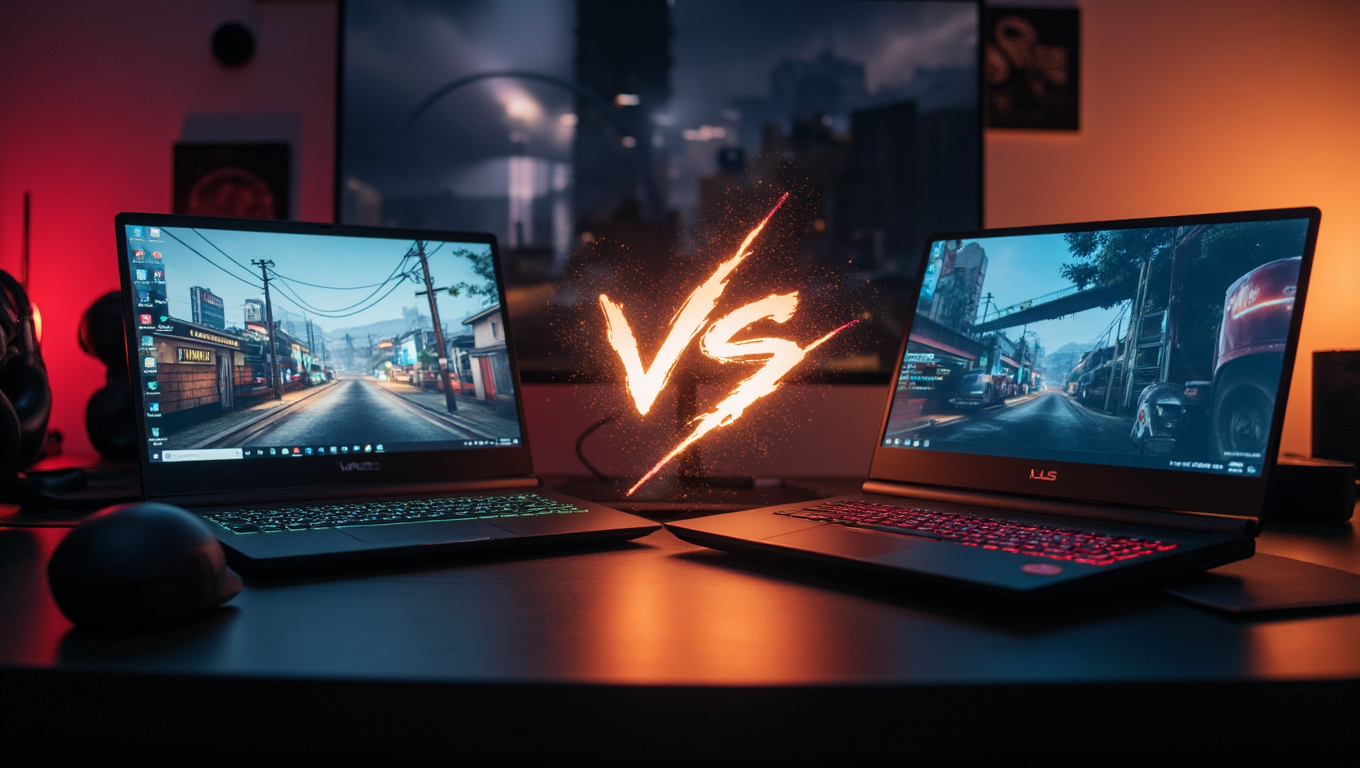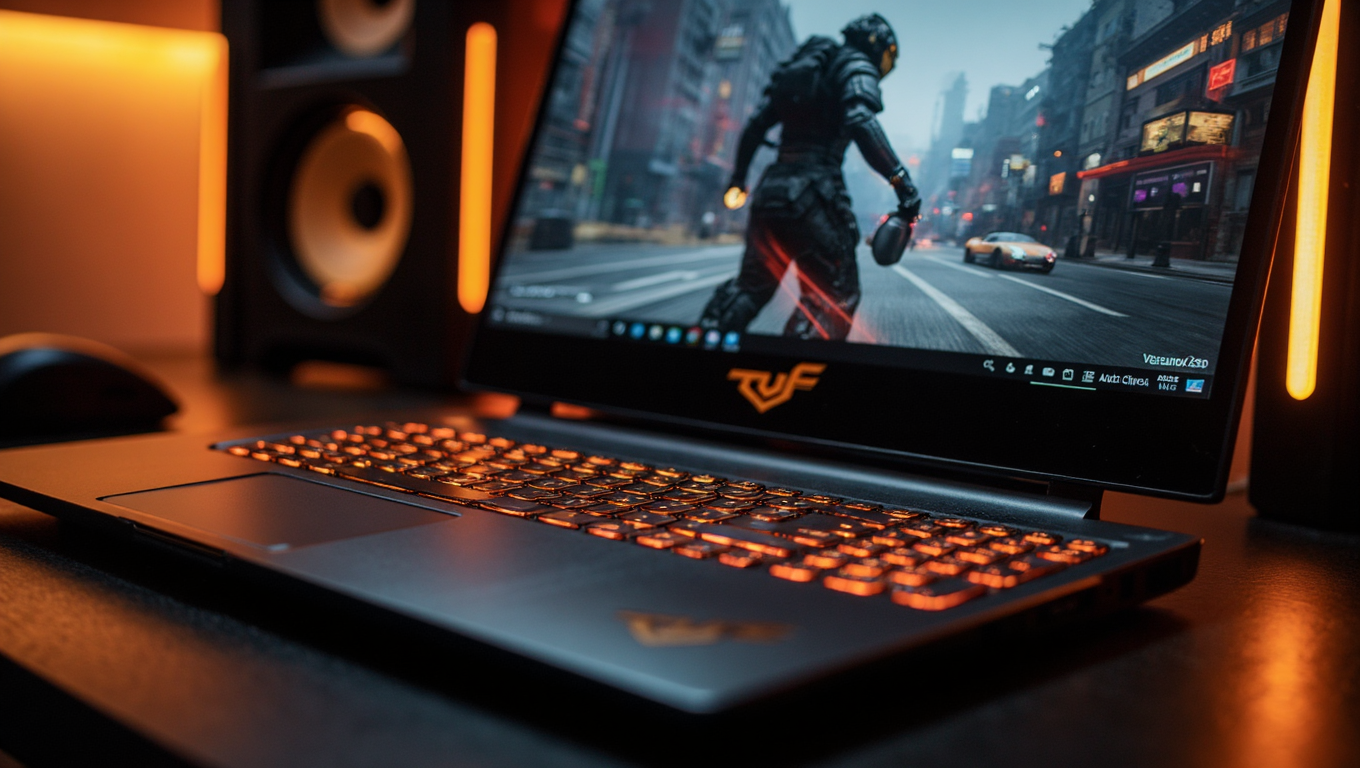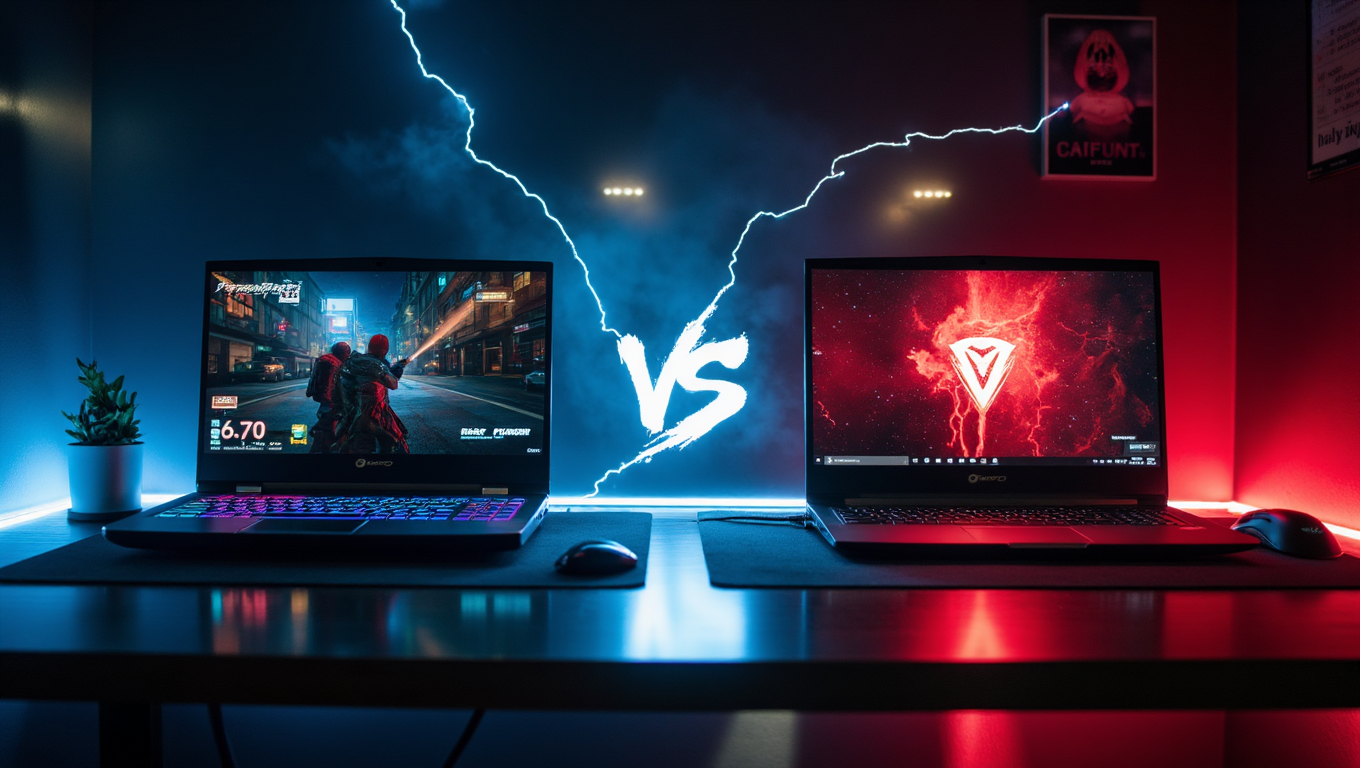If you’re dipping your toes into PC gaming without wanting to shell out Legion-level cash, the Lenovo LOQ series is Lenovo’s answer to the call a no-frills, value-packed lineup that’s evolved into a 2025 staple for casual gamers, students, and creators on a budget. Launched as the successor to the IdeaPad Gaming line, the LOQ (short for “Level of Quality”) focuses on solid RTX performance, AMD/Intel options, and everyday usability, all while keeping prices under $1,300.
I’ve tested the mid-tier LOQ 15AHP10 (AMD Ryzen 7 250, RTX 5060 config, ~$1,029), and it’s a straightforward winner: punchy 1080p gaming, easy upgrades, and fewer compromises than its budget rivals. But like any entry-level rig, it has quirks let’s unpack if it’s your next setup.
Priced from $800-$1,300 (deals often hit $999 on Amazon or Lenovo’s site), it’s a steal for RTX 50-series access. Compared to flashier options like the ASUS TUF A15, it trades some polish for raw affordability.
First Impressions: Practical, Not Pretty
Crack open the box, and the LOQ feels like a workhorse in gamer’s clothing chunky plastic chassis in Luna Grey (or Arctic Grey variants) with subtle “LOQ” branding and optional RGB accents. At 2.4 kg (5.3 lbs) and 35.9 x 26.4 x 2.3 cm, it’s portable enough for campus hauls but bulkier than slimmer ultrabooks.
The build is sturdy (no major flex), with a reinforced lid that survives backpack abuse, though it picks up fingerprints like a magnet. Ports are gamer-friendly: rear-placed HDMI 2.1, Ethernet, USB-C (with DP/charging), and multiple USB-A perfect for multi-monitor setups without cable spaghetti.
It’s not the sexiest (outdated 15.6-inch 16:9 aspect ratio feels retro next to 16:10 panels), but for desk warriors, it’s functional gold.
Core Specs: Modern Muscle on a Dime
The 2025 LOQ lineup mixes AMD Ryzen 200-series efficiency with Nvidia’s RTX 50-series (Blackwell architecture) for DLSS 4 and ray-tracing smarts. Here’s the tested mid-spec (15AHP10):
| Component | Details |
|---|---|
| Processor (CPU) | AMD Ryzen 7 250 (8-core, 16-thread, up to 5.1GHz) |
| Graphics (GPU) | NVIDIA GeForce RTX 5060 8GB GDDR7 (115W TGP, upgradable to RTX 5070) |
| Display | 15.6″ FHD IPS (1920×1080), 144Hz, 300 nits, 100% sRGB |
| RAM | 16GB DDR5-5600 (upgradable to 32GB, dual-channel recommended) |
| Storage | 512GB PCIe 4.0 NVMe SSD (expandable via second M.2 slot) |
| Battery | 60Wh, ~5-6 hours light / 1-1.5 hours gaming |
| OS | Windows 11 Home (with Lenovo Vantage for tweaks) |
| Other | Wi-Fi 6, backlit RGB keyboard, 1080p webcam, dual speakers |
Entry configs start with Ryzen 5 220 + RTX 5050 for ~$1,000, while top-end LOQ 17 models hit RTX 5070 and 1TB SSD for $1,299. The MUX switch lets you toggle discrete GPU for low-latency play, and LA1 AI chip optimizes power draw.
Performance: 1080p Powerhouse with Esports Flair
The LOQ punches hard for its price the Ryzen 7 250 + RTX 5060 scores ~14,000 in Cine bench R23 multi-core and ~9,000 in 3DMark Time Spy, edging out last-gen RTX 4060 rigs by 10-15%. It’s a multitasking champ: 4K video exports in Premiere Pro take ~12 minutes, and it sails through 20-tab Chrome + Discord sessions.
Gaming FPS at 1080p (medium-high, DLSS on):
- Valorant: 220+ FPS (esports heaven at 144Hz)
- GTA V: 90-110 FPS (smooth open-world chaos)
- Cyberpunk 2077: 65-80 FPS (ray-tracing viable with frame gen)
- Forza Horizon 5: 85-100 FPS (vibrant races without dips)
- PUBG: 90-120 FPS (battle royale bliss)
For creators, the 100% sRGB display handles color-accurate edits, though it’s no pro-grade panel. Upgrading to dual-channel RAM (add a $50 stick) boosts FPS by 10-20% Lenovo skimps here in base models.
Battery Life: Plug-In Priority, But Better Than Expected
With a 60Wh battery, don’t expect miracles light tasks (browsing, Netflix) net 5-6 hours in Quiet mode, thanks to AMD’s efficiency and Vantage’s power profiles. Gaming? 1-1.5 hours max, dipping faster without iGPU on some Ryzen configs. It’s on par with the Acer Nitro 5 but trails the TUF A15’s 8-10 hours. Pro tip: Super Rapid Charge hits 80% in 30 minutes grab a 140W USB-C brick for on-the-go top-ups.
Display, Keyboard, and Audio: Solid Basics with Room to Grow
The 15.6″ 144Hz IPS is a highlight: smooth motion, vibrant colors (100% sRGB for movies/games), and anti-glare coating for dim rooms. Brightness peaks at 300 nits (decent indoors, washed out in sun), and it’s G-Sync compatible for tear-free play. Drawback? The 16:9 ratio feels dated movies have black bars, and multitasking squeezes vertical space.
The RGB-backlit keyboard is snappy with 1.5mm travel comfy for typing epics or WASD mashing, plus a numpad for spreadsheets. Trackpad’s responsive but plasticky; use a mouse for precision. Dual speakers pump DTS:X audio with okay bass loud for dorms, but tinny for immersion (headphones win).
Thermals and Build: Warm but Tamed
Under load, expect 80-90°C on CPU/GPU with dual fans ramping to ~48dB (hairdryer hum, not jet roar). Lenovo’s four-heatpipe setup minimizes throttling (~5% drop sustained), and Vantage lets you tweak curves. It’s hotter than the TUF A15 but cooler than older Nitros no lap burns, though a $20 pad helps for marathons. Build holds up to MIL-STD-810H tests, but plastic creaks if you flex it hard.
Price and Value in 2025: Unmatched Entry-Level ROI
Base LOQ 15 (Ryzen 5 + RTX 5050): $800-$1,000. Mid-spec like mine: $1,029. High-end (RTX 5070, 1TB): $1,299. Frequent sales shave $100-200 check Lenovo.com or Amazon. For the cash, you get future-proof upgrades (Wi-Fi card swap for $20 to 6E) and a 1-year warranty (extendable). X users call it a “first-gaming-laptop dream” for under $1k, though some gripe about single-channel RAM out of the box.
Pros and Cons: The Straight Scoop
Pros:
- Killer value: RTX 50-series at budget prices
- Strong 1080p gaming with DLSS/ray-tracing
- Easy upgrades (RAM, SSD, Wi-Fi)
- Vibrant 144Hz display and solid keyboard
- Efficient AMD power for light tasks
Cons:
- Single-channel RAM in base configs (fixable, but annoying)
- Mediocre battery for unplugged gaming
- Plasticky build with minor flex
- Dated 16:9 screen ratio
- Fans audible under heavy load
Alternatives: If LOQ Misses the Mark
- Budget Beast: Acer Nitro 5 (~$999) – Similar RTX 4050 power, but shorter battery and flexier chassis.
- Tougher Pick: ASUS TUF A15 (~$1,099) – Better endurance and build, slightly weaker GPU in base.
- Step-Up: Lenovo Legion 5i (~$1,400) – Premium screen and thermals, but pricier.
- Slimmer Option: MSI GF63 Thin (~$900) – Lighter, but hotter and less upgradable.
User Buzz: Fresh Takes from the Trenches
X chatter is buzzing with real-owner love: One user raved about the LOQ 17’s “practical powerhouse” vibes for everyday gaming, while another called the Essential 15 “top budget pick” for casual sessions. Reddit threads from mid-2025 note improved reliability over early models no major mobo woes in fresh batches, though fan noise irks during long hauls.
FAQ’s
Is the Lenovo LOQ good for gaming in 2025?
Yes 60-100+ FPS in AAA at 1080p medium, with esports crushing 144Hz. RTX 5060 handles ray-tracing without sweat.
How’s the battery life?
5-6 hours light use, 1-1.5 hours gaming. Plug in for marathons; it’s average for the class.
Can I upgrade the LOQ?
Totally—dual RAM slots (to 32GB), extra M.2 for SSD, even Wi-Fi card. Budget-friendly tinkering.
Does it overheat?
Gets toasty (80-90°C), but stable no crashes. Fans loud; Vantage helps dial it down.
Worth it under $1,000?
Absolutely for entry-level beats integrated graphics by miles. Skip if you need premium build or all-day battery.
Final Verdict: Level Up Without Breaking the Bank
The Lenovo LOQ (2025) scores a hearty 4.4/5 it’s the king of accessible gaming, blending modern RTX grunt with Lenovo’s reliable ecosystem (Vantage shines for tweaks). In a sea of overpriced slim-gamers, the LOQ reminds us budget doesn’t mean boring: snag it if you’re new to frags or value upgrades over flash. Not flawless (fix that RAM!), but for $1k, it’s a smart flex. Eyeing a specific config or game? Hit comments I’ll crunch the numbers!





